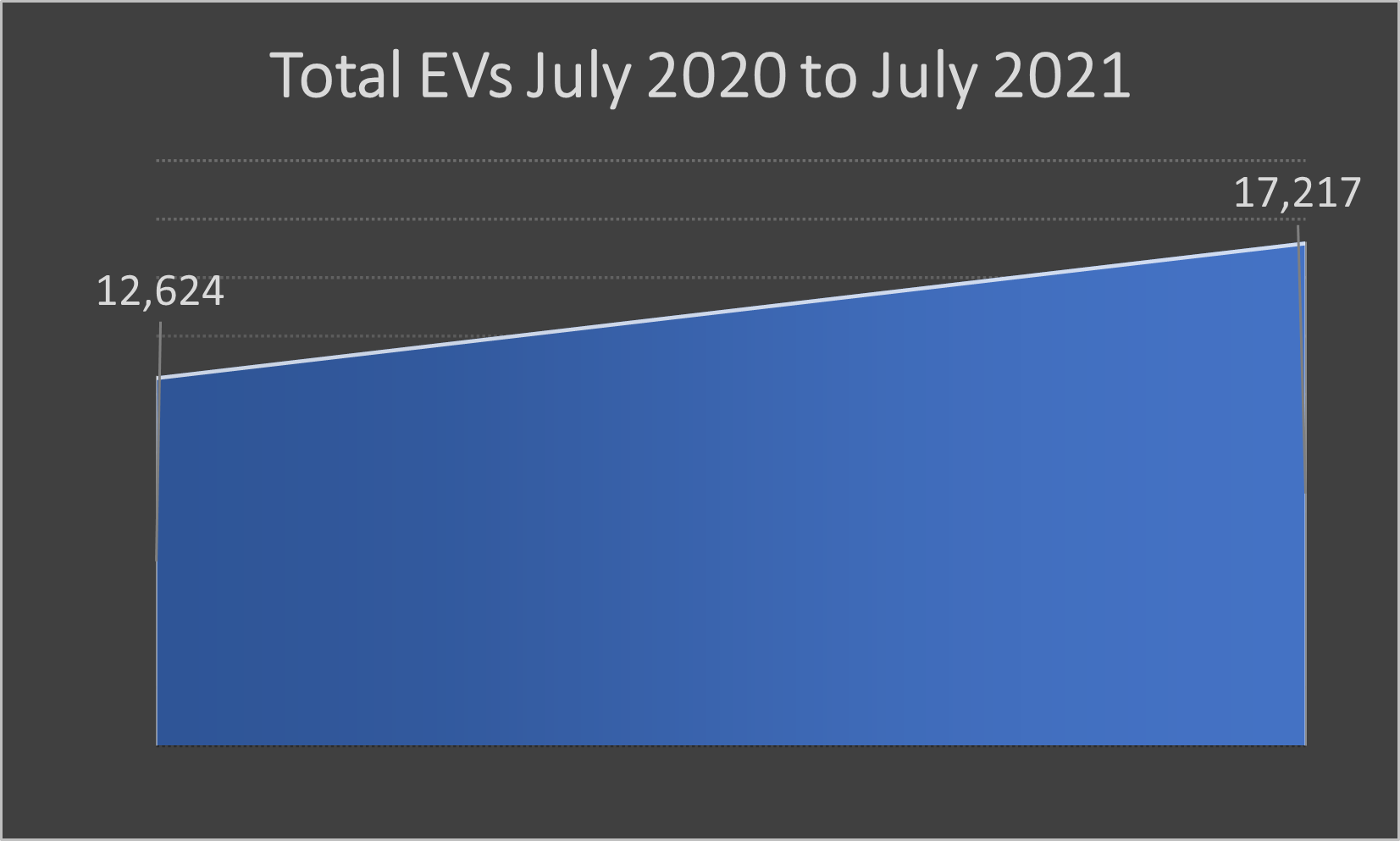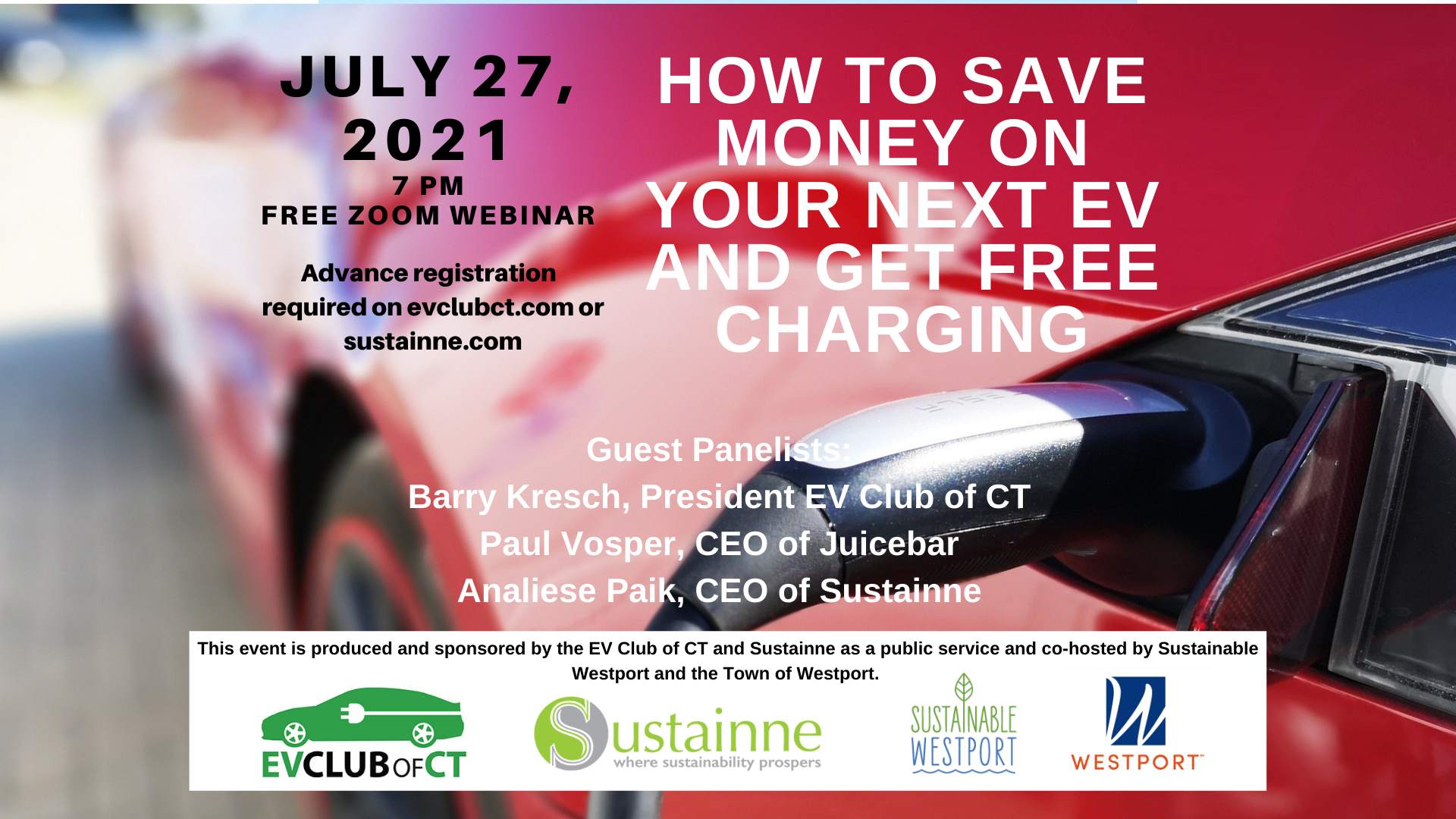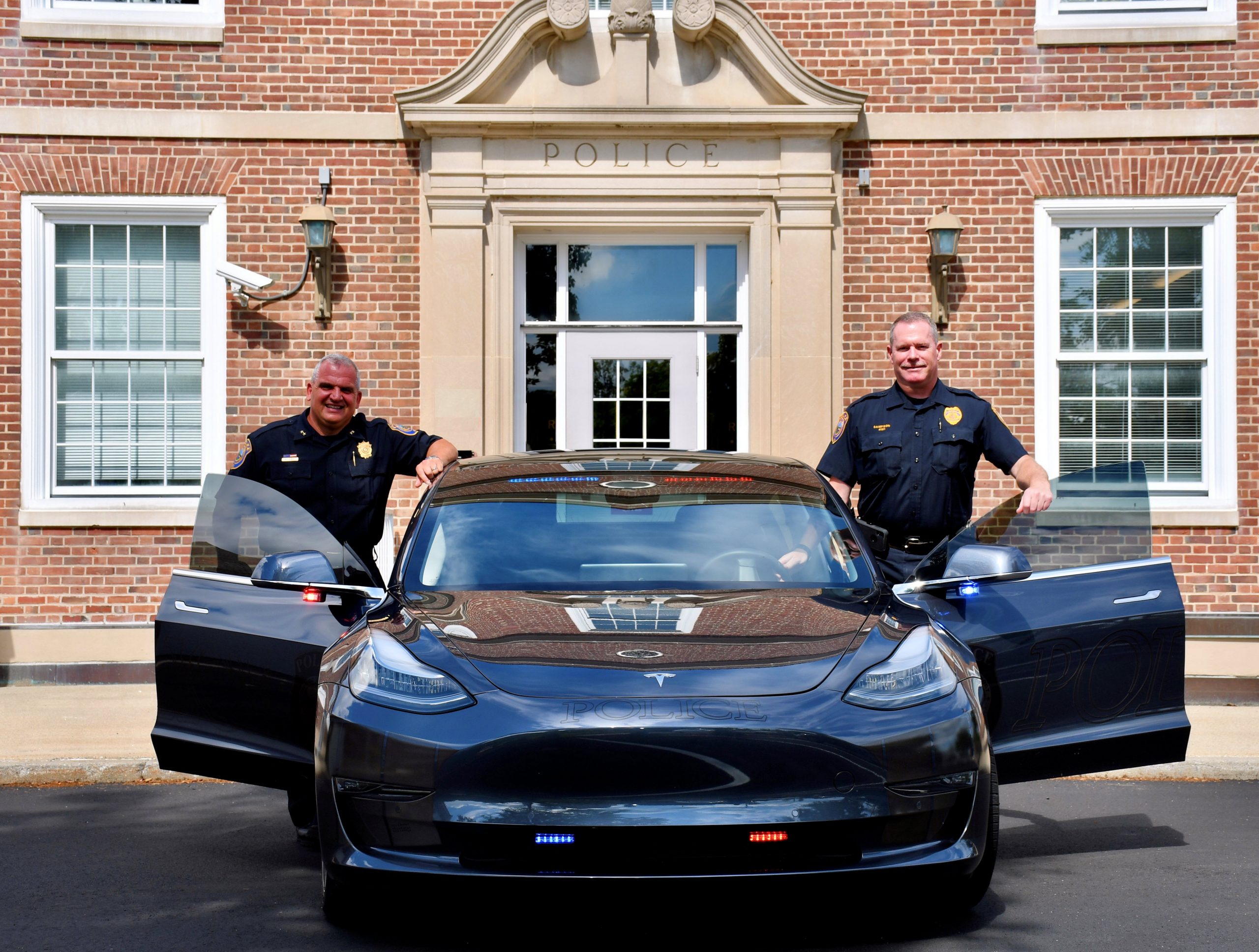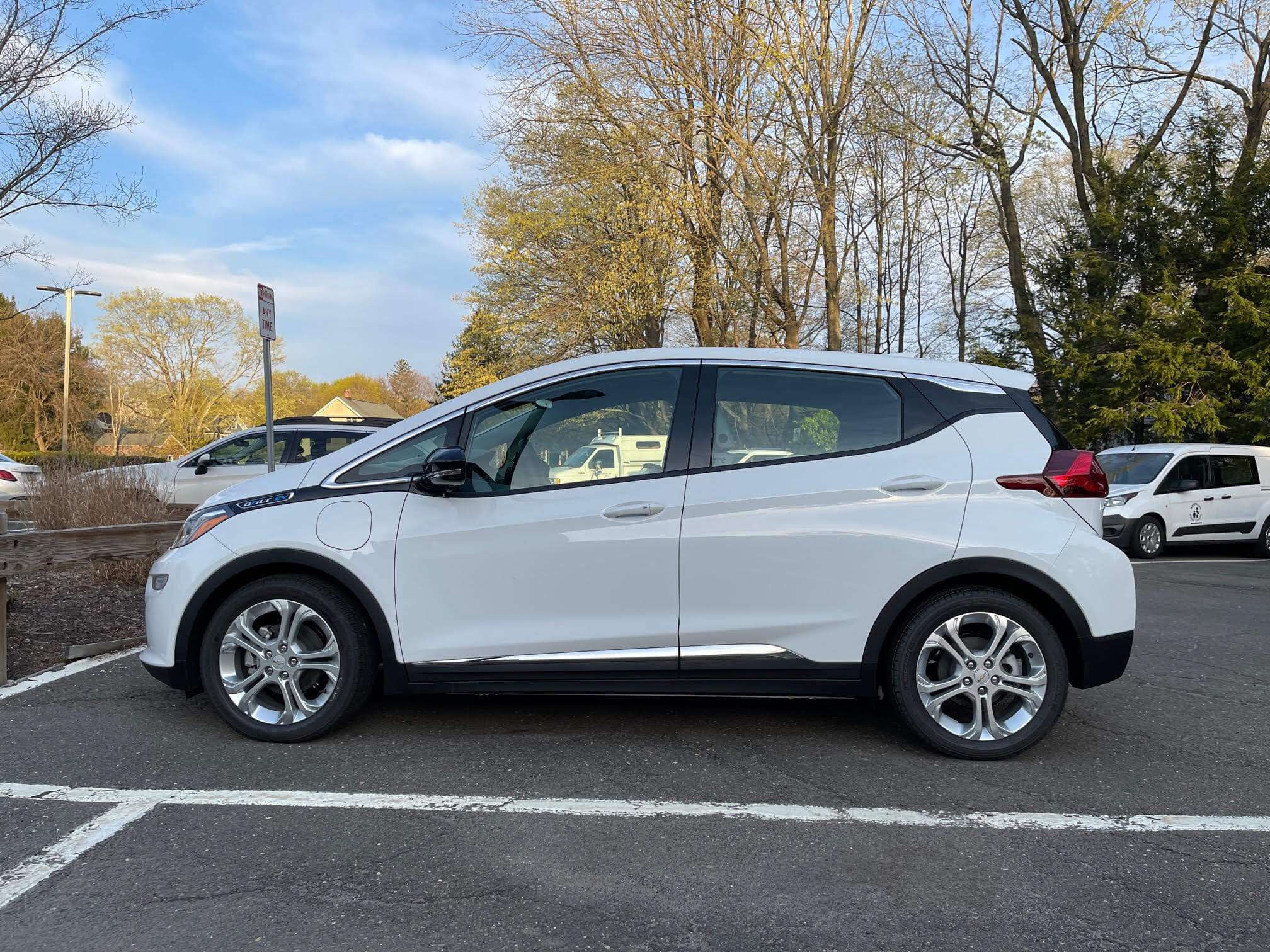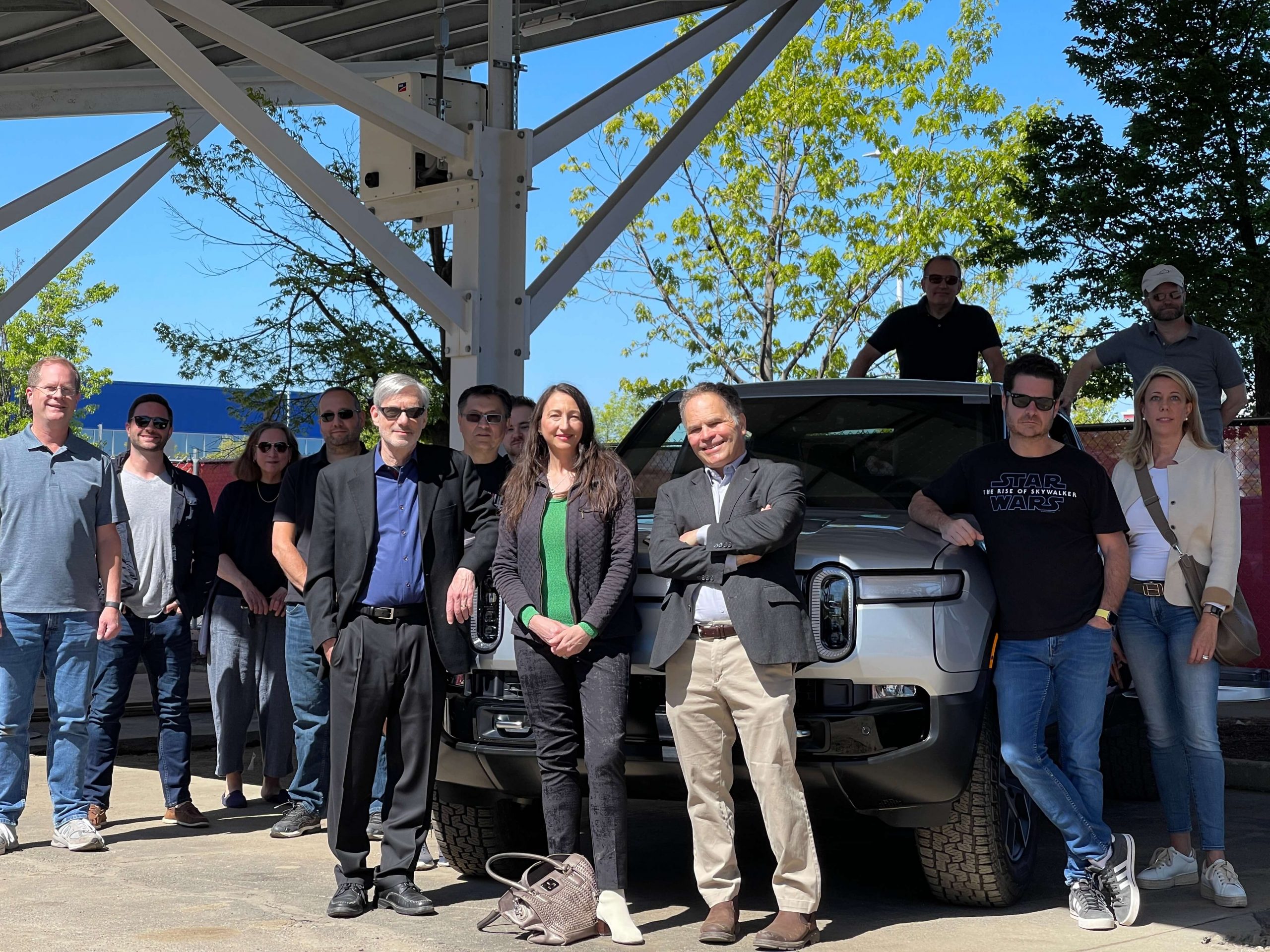CT Electric Vehicle Registrations Grow 36%
Post by Barry Kresch 17,217 electric vehicles are now registered in Connecticut This is a topline description of the new dataset. A more in-depth profile will be available when the EV dashboard is updated in … Read more

